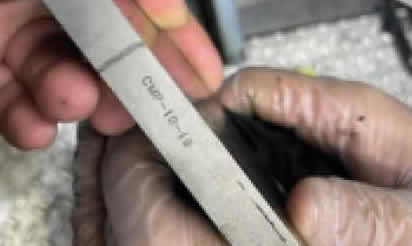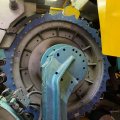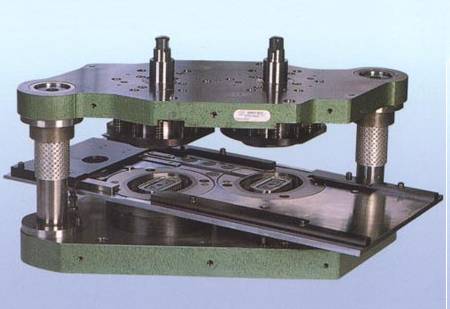It is known that there is a generational change in people and techniques, and it continues to change.
Why will this affect the canmaking business?
Over the years that I have worked in the canmaking industry, I have seen a generational shift in the machinery along with the engineering department. In the past, the norm was that there were only a few suppliers of spare parts, mostly the big ones, such as Rutherford or Belvac. And everyone who was in charge of engineering and maintenance of the machinery, if they needed spare parts, could open the printed book and look for the parts they needed.
Primarily, the engineering manager was in charge of organizing parts and service, but over the years people have retired and technology has changed.
The issue is that now, and I see this a lot on site, the generation that grew up with this business has retired and the younger generation has difficulty identifying parts for their equipment.
This is now a big problem because there is a lack of knowledge left behind and sometimes there are some big mistakes happen because of ordering the wrong parts for the machinery.
We all know that now it is very easy to open the laptop and look for the right parts with the right part number. But now people get confused to order wrong parts and because of that the wrong parts get installed and damage the machine.
I once had a customer who got wrong parts without being aware of it and installing them resulted in damage to the machine, as you can see.

And this damage to the Mastercam causes another problem for the customer, The support arm that was installed was designed for a CMP style machine.
This CD2 arm was installed on a CMP Mastercam and caused the damage, and the proper one should be a CMP like this one below.
Only the CMP support arm can control the print on a CMP Mastercam without any problems.
Overall, you can now see how important it is to have good communication and good documentation of the machinery and the history of all the equipment, which can be transferred to the younger generation.
To get a smooth and homogeneous print all around the circumference of the can, we need to have a follow-up. So what is tracking? It is one of the key points of the whole printing process.
The higher the decorators’ printing speed, the more important tracking is to ensure that the print is always uniform.
The word tracking is this, when the can is coming out of the blanket segment there is extra pressure that is giving extra pressure to the blanket segment output.
As you can see here there is a pressure difference between the start of printing and the end of printing. The reason and the idea behind that is to print even at higher speed.
This tracking adjustment can be regulated through the carriage height adjustment.
The carriage rolls back and forth against the wedge and generates the pressure for printing.
In the past this height was in all 6 colors the same height, but at this time that generation is changing the height and the center point is also changed.
And because of this there is a deviation in the parts also the old CMP wear plate was thinner than the new style CD2 8 color generation.
Previously the carriage rolled on this wear plate to achieve tracking at the 11,250″ height with a 0.575″ wear plate on a 6-color Decorator.
But now there are now many 8 colors, and the height is now different because the center line now does not match to compensate for this the have now designed different type of wear plate which is a little thicker.
Now with this difference of 0.645″ the carriage height is now in a higher position.
Before the 6-color Decorator was on the center line of the 8-segment wheel, but now with the 8-color, it has 12 segments and the Segment wheel is now 60″. The 6-color Segment wheel was 40″, now there is also a difference in speed.
Because the 8-color Segment wheel is faster than the 6-color, we need to set the carriage height a little higher than the 6-color.
If the height and time do not match, there will be a second print appearing at the end of the print.
The younger generation, having this little information about the machine, would make a big difference to avoid problems like this.
So now small things can affect a large production line and have such a problem.


















0 Comments